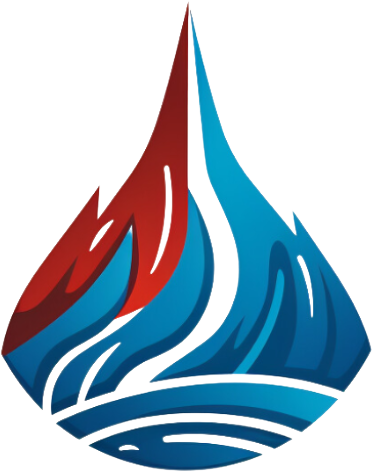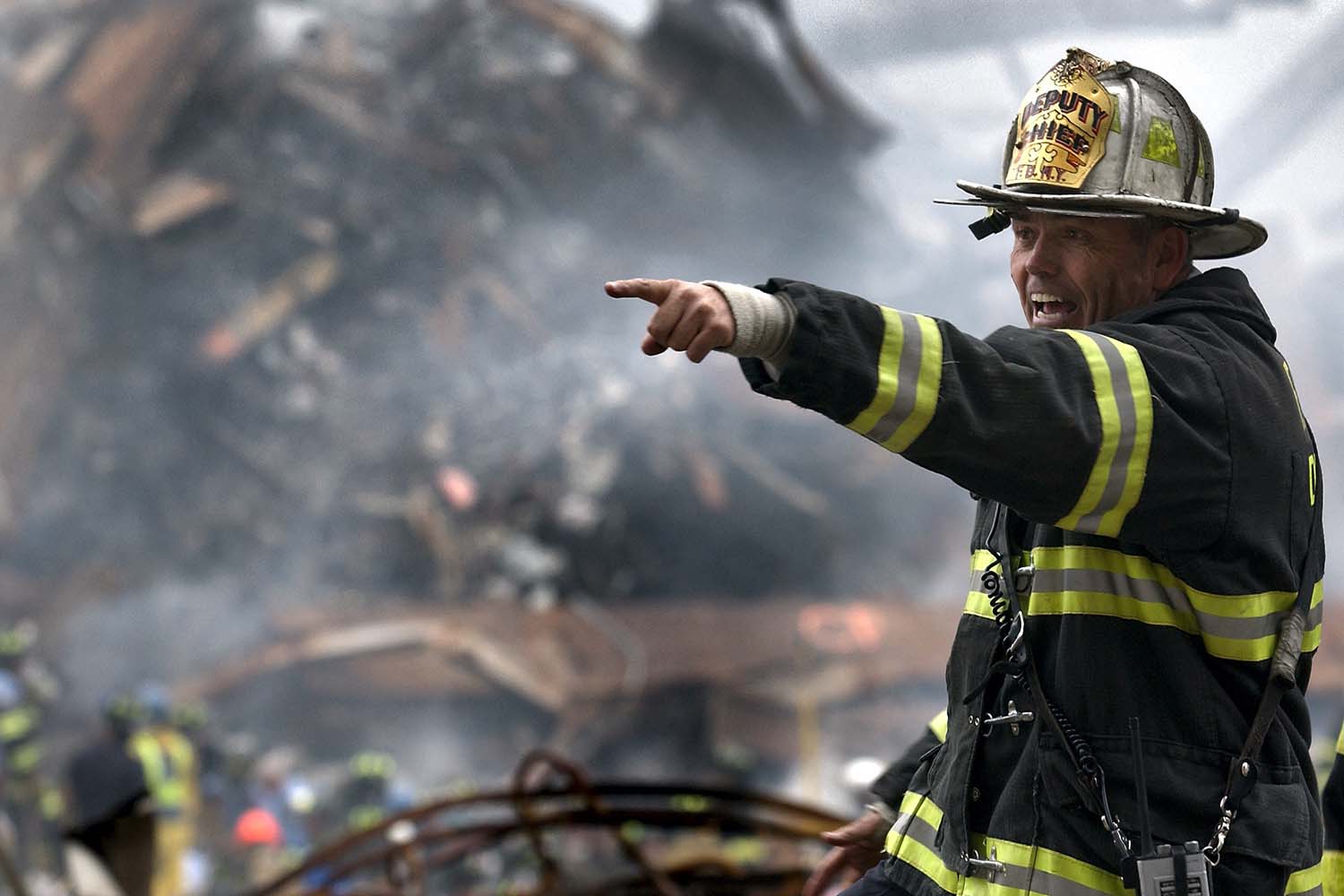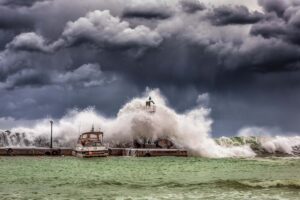Introduction to Disaster Preparedness: Where to Start and Why
Having a basic understanding of what disaster preparedness is, why it matters and what you can do to prepare is essential. Not only can it help protect lives and property, but it can minimize panic and disruption as well.
Disaster preparedness is the process of identifying potential hazards, developing evacuation plans, and creating supplies and strategies for responding to emergencies. By taking a proactive approach to this type of planning, it allows individuals, families, and organizations to be better prepared to respond to an emergency, such as an earthquake, hurricane, or winter storm, in the most efficient and effective manner.
But disaster preparedness isn’t always easy. That’s why, in this guide, we’ll break down the entire process and provide a comprehensive overview of what disaster preparedness is, why it’s important, and how to get started. We’ll start by defining disaster preparedness, then move on to how to create an emergency-ready plan. We’ll also discuss the items necessary for a basic preparedness kit and touch on more advanced topics, such as storm prediction and response strategy.
In addition, we’ll provide a primer on the various types of natural disasters, with specifics on how you can prepare for each of them. Finally, we’ll take a look at some recent disasters and the lessons we can learn from them.
The Importance of Disaster Preparedness
Recent natural disasters like hurricanes Harvey, Irma, and Maria, as well as earthquakes, floods, and wildfires, have each had a devastating effect on those affected. The countless number of lives changed is tragic, and it serves as an ever-present reminder of the importance of staying prepared.
It may be impossible to predict when and where disasters will strike, but it’s still the responsibility of all individuals and organizations to do what they can to minimize the impact of a catastrophe and reduce the likelihood of it happening. This often means taking the steps necessary to create a disaster plan.
A key component of any preparedness plan is understanding the risks and hazards. This involves researching the particular type of disasters that could affect the area, assessing potential vulnerabilities to those disasters, and developing strategies and practices that will minimize the damage they can cause.
Creating an Emergency-Ready Plan
Once a plan has been developed, the next step in the disaster preparedness process is to create an emergency-ready plan. This involves outlining the warning signs of potential disasters, understanding the procedures to follow during an emergency, and mapping out evacuation routes.
An emergency-ready plan also includes creating and testing drills to practice how to respond in the event of a disaster. For example, if the potential disaster is an earthquake, practice what to do before and during the event: drop, cover, and hold. Similarly, if the disaster is a flood, practice how to safely and quickly evacuate to higher ground.
It’s also important to familiarize yourself with favorite area emergency shelters and the best routes to get there, as well as the evidence of past emergencies and whether or not they’re likely to recur. Knowing the area in which you live and the potential natural disasters that could occur there is essential to being prepared.
Creating a Basic Preparedness Kit
Once an emergency-ready plan is in place, it’s time to begin gathering the supplies necessary for a basic preparedness kit. This kit should contain the following items:
• Water – Have at least one gallon per person, per day; three days is a minimum (for drinking and sanitation).
• Non-perishable food – Have at least a three-day supply of non-perishable food per person; focus on foods that require no refrigeration, preparation, or cooking
• Flashlight – Have at least one flashlight per family member; check the batteries regularly and include extras.
• Radio – Have at least one radio with extra batteries; ensure that the radio can run on both AC and DC power.
• First aid kit – Have a fully stocked first aid kit including basic items such as bandages, gauze, antiseptic, and pain relievers.
• Multi-purpose tool – Have a multi-purpose tool such as a pair of pliers or a Swiss Army knife.
• Contact card – Have a card with emergency contact information, medical information, and other important information.
• Medications – Have at least three days’ worth of any prescription medications.
• Copies of important documents – Have copies of all important documents such as birth certificates, insurance policies, and passports.
• Cash – Have at least enough cash available to cover basic needs.
• Special items – Include items that will provide comfort during a difficult time, such as books, games, and blankets.
By stocking up on the necessary supplies, you’ll be better prepared in the event of an emergency.
More Advanced Preparedness Tips
For more advanced preparation, consider investing in storm windows or hurricane shutters to protect your home from severe weather. Additionally, installing a generator is a good way to ensure that your home or business still has power in the event of an outage caused by a storm or other disaster.
Also, do research and stay up to date with the latest in storm prediction and response strategies. The National Weather Service provides 24-hour coverage and provides regular forecasts to help those in the path of potential disasters stay prepared.
Finally, it’s important to stay informed and be prepared for anything. Make sure that you have all of the necessary contacts and resources available in the event that a disaster should occur.
Looking Back at Recent Disasters
Recent natural disasters illustrate the importance of disaster preparedness. The effects of a large-scale catastrophe can be devastating, and oftentimes require help from illustrated the importance of disaster preparedness. The effects of a large-scale catastrophe can be devastating, and oftentimes require help from outside sources to rebuild communities and provide aid.
For example, in 2017, Hurricanes Harvey, Irma, and Maria caused extensive damage in multiple areas across the United States and Caribbean. The effects of the storms are still felt today, however, with everything from infrastructure to businesses being affected.
In addition, in 2020, Australia experienced one of its worst bushfire seasons ever, with over 2 million hectares burning through six different states. While more than 300 homes were destroyed, the generosity of Australians rallied and helped rebuild the affected communities.
These events, and many others, demonstrate the need for disaster preparedness. While it may be impossible to predict when and where a disaster may occur, it’s possible to minimize some of the potential damage by knowing the risks, assessing vulnerabilities, and developing strategies ahead of time.
Conclusion
Ultimately, knowing how to prepare for a disaster is essential for the safety of individuals, families, and organizations. By understanding what disaster preparedness is, why it’s important, and how to get started, you’ll be better prepared when a disaster strikes. We hope that this guide has provided a comprehensive overview of the steps and supplies necessary to get started.
Stay safe and stay prepared.



